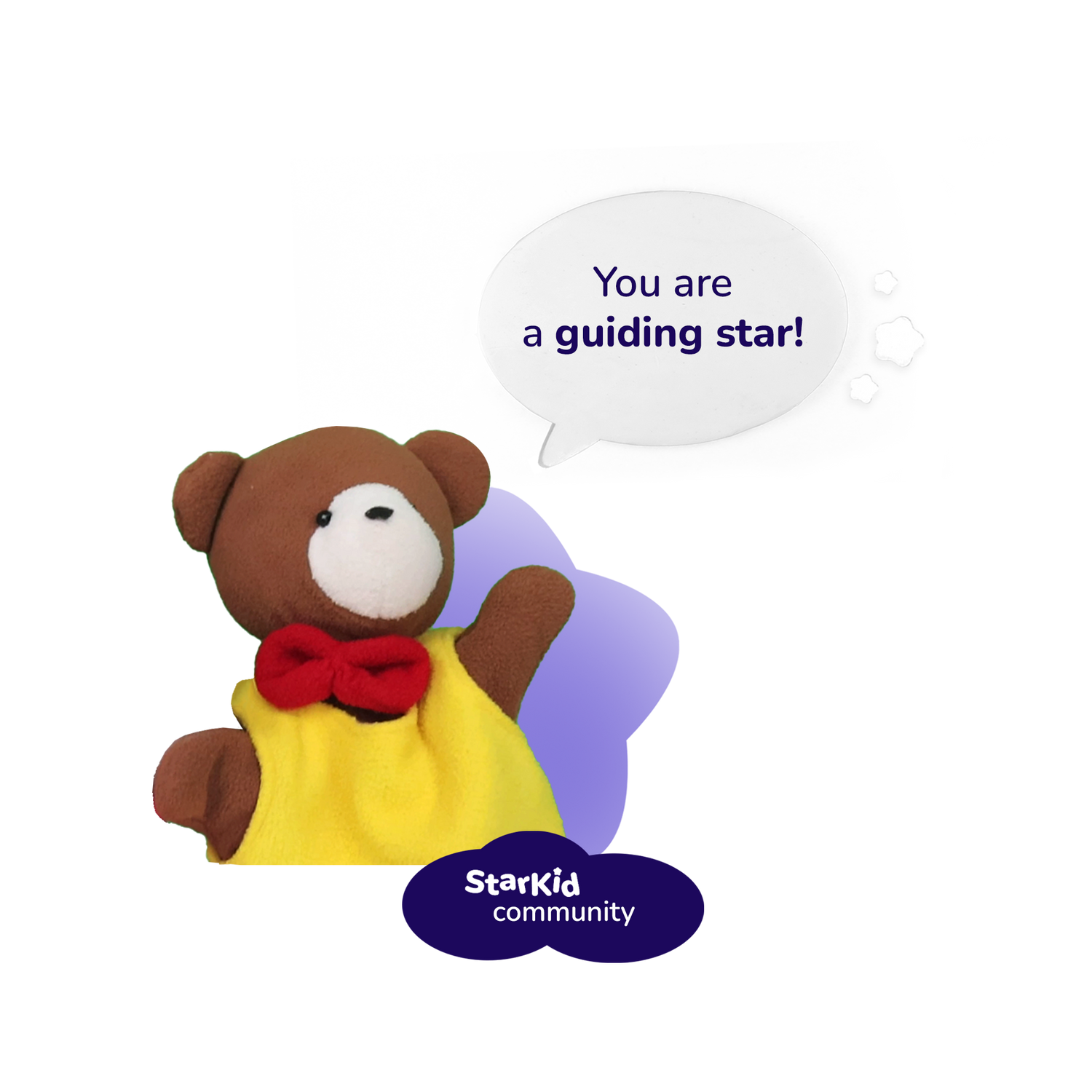Dealing with exclusion from other kids
Going to pick up your kid from school and seeing him/her play all by himself while other kids play together is one of the most heartbreaking experiences as a parent.
Unfortunately, it is not rare for autistic kids to have a smaller friend circle and feel excluded from play activities. The reasons for this trend are related to the social and communication difficulties present in autistic individuals. In cases where the child is non-verbal, this effect can be even more noticeable. They also tend to have deficits in the theory of mind (a fancy expression to describe a lack of comprehension about others' feelings and intentions); for some kids, social interaction turns into a complex equation where they need to pay close attention to the tone, the content, and the facial expressions of others to know how to react. These things might not come naturally in some cases.
Playing while anxious
Even though these are more than valid explanations, some misconceptions might arise. For example, believing they would rather play alone because they feel more comfortable that way. For most kids, playing is a socially calming activity, but for these neurodiverse children, it seems like the opposite holds true. Due to past rejections, their stress levels rise before engaging with others, and they are more reticent to take initiative. This effect is more prominent in older kids, showing that this is mainly a learned reaction that grows in magnitude as time goes by. Although this is a not-so-pleasant fact, these kids are still responsive to interaction. Like all human beings, they also seek social interaction and value the bonds they make with others. They are just a bit reluctant to take the first step but will feel happy if other kids approach them appropriately.
Informing others: A different concept of normal
Another reason for this exclusion can also be due to different concepts of normal for the other kids. StarKids can have some uncommon behaviors for their age, and it is normal for neurotypical kids to find it unusual if they are not informed about them. Therefore, it is important to first inform teachers and other authority figures of the school so that they can inform other students and be more inclusive. Some parents find it useful to write letters to the school, to present their kids and their unique characteristics.
Mindful reminder: Even if we get mad at a certain reaction from another kid, it is not really their fault. They absorb information like sponges, and if you give them the right inputs they will be more accepting.
Maria Barbera
When writing this article, we found an interesting personality, Maria Barbera. She is a mom with an autistic child, a behavior analyst, and an author focused on autism who has been featured on ABC, Forbes, CBS, Fox News, and others. She also has a podcast and a YouTube channel with over 150k subscribers. After reviewing some of her content, we found some interesting principles and information about social skills training. She states that the first step is assessing the child’s current social skills level before getting into training. For her, it doesn’t make sense to try to teach manners, greetings, and turn-taking, for example, when the kid doesn’t possess more basic social skills. If you start with the more difficult ones, they will probably develop some unusual patterns of social behavior and language because they don’t have the foundations. All the behaviors need to be taught in a structured way and in a controlled environment.
She also states that a very common misconception is that if you expose an autistic kid to neurotypical kids, they are going to develop some social skills. Unfortunately, it is not that straightforward, because there is a chance they will just be there in their own world and won’t interact with others. If they constantly play alone, it can be a hard habit to change and in the long run, it won’t be beneficial for improving their social skills. For that exposure to be beneficial, they need to have a certain level of social skills and need to be monitored by someone, preferably by a therapist. She’s also a big supporter of Applied Behavior Analysis (ABA), saying that it is necessary to have one-on-one ABA at least 25 hours per week for the kid to develop optimally.
Alternative therapy
Although ABA is the most effective and known therapy for ASD, we wanted to highlight Music Therapy (MT), acting more as a second-line intervention. It is divided into passive and active parts. In the passive ones, kids just listen to sounds and music fragments and in the active ones, they sing, dance, do exercises, and play music. During these tasks, they learn how to perceive music and express the emotions that they perceive through their bodies, all while interacting with others. The reason we highlighted this therapy is because of its benefits for social interaction. To give an example, the kids are encouraged to imitate others, which can help the development of the theory of mind. Even though the research is somewhat scarce, it seems like it’s an effective approach. A few reasons to explain this may be that children with ASD have, on average, superior pitch memory and are more sensitive to pitch changes than their neurotypical peers, and as opposed to socialization, they can recognize emotional content at the same degree in music. The musical expressions can be absent of words, mainly for non-verbal kids, but if language skills are also an area to improve, words should be present. This therapy, mainly as a complementary one, has shown to be a great way to improve communication and social skills while training others. It is also interesting to point out that people with ASD, on average, have superior pitch memory and are more sensitive to pitch changes than their neurotypical peers. Lastly, it can be tailored to non-verbal kids as words aren’t fundamental for music production. Take note, that it is not meant for every autistic kid. While hypersensitivity can be beneficial in some cases, it can have the opposite effect in others.
Activities to do with your kid
Moving on from interventions, there is still a lot of development that can be accomplished at home. Here, we list some of the activities you can do with your kid to help them practice social skills.
-
Roleplays
One way to practice social interactions is by role-playing. You can imagine a scenario with him/her and practice greetings and taking turns. If you want to make it more dynamic, you can also use some puppets or toys. -
Social stories
Develop a narrative that requires them to think about the appropriate solution to a certain situation. Remember to tailor them to the kid’s capabilities. It may also be easier for the kid if you use puppets. (Maybe link our book if ready) -
Board games
Board games, when adequate for age, are a very good way to teach the kids social rules and turn-taking. -
Emotional charades
Emotional recognition is a big part of social interaction; you need to have an idea about how the other person is feeling to act properly. A good game for that is emotional charades. You and your kid take turns taking a paper and mimicking an emotion while the other guesses which emotion is being played. -
Playing with other kids
You can also “borrow” one of your friend’s kids and let them play with their son or daughter. At first, you should act as a mediator and help them have the initiative and make the play as structured as possible while still being fun for both. After a while, remember to give them some space; even for StarKids it is necessary to give them some room for spontaneity.
Our take on it: Mindfulness
In this article, we couldn’t let mindfulness be left out since one of its many benefits is the development of social skills. It is believed that the awareness directed to the present moment can also be directed to social interactions. For ASD it can result in being more attentive to social and communicational cues. It can also result in a bigger consciousness of their own emotions which would result in a better understanding of others' emotions, and what impact our actions have on others (basically how the theory of mind works). Another benefit is the decrease in anxiety levels, which can help them feel more at ease when playing and interacting with peers.
Be mindful
Get yourself in a comfortable position and focus on your breath. Take three deep breaths and ask yourself: Is it hard for me to see my kid playing alone? Do I keep memory of the times he/she was playing with other kids and looked happy? Has my kid become more social over time? (If the answer is yes) Am I mindful and thankful for that development?
Conclusion
To summarize, for StarKids to improve their social skills, the main point is to have patience. It may take a lot of therapy hours, and it may take a lot of effort from your side, but in the end, it is all worth it. One of the biggest joys in this world is to see your kid have fun (with others).


